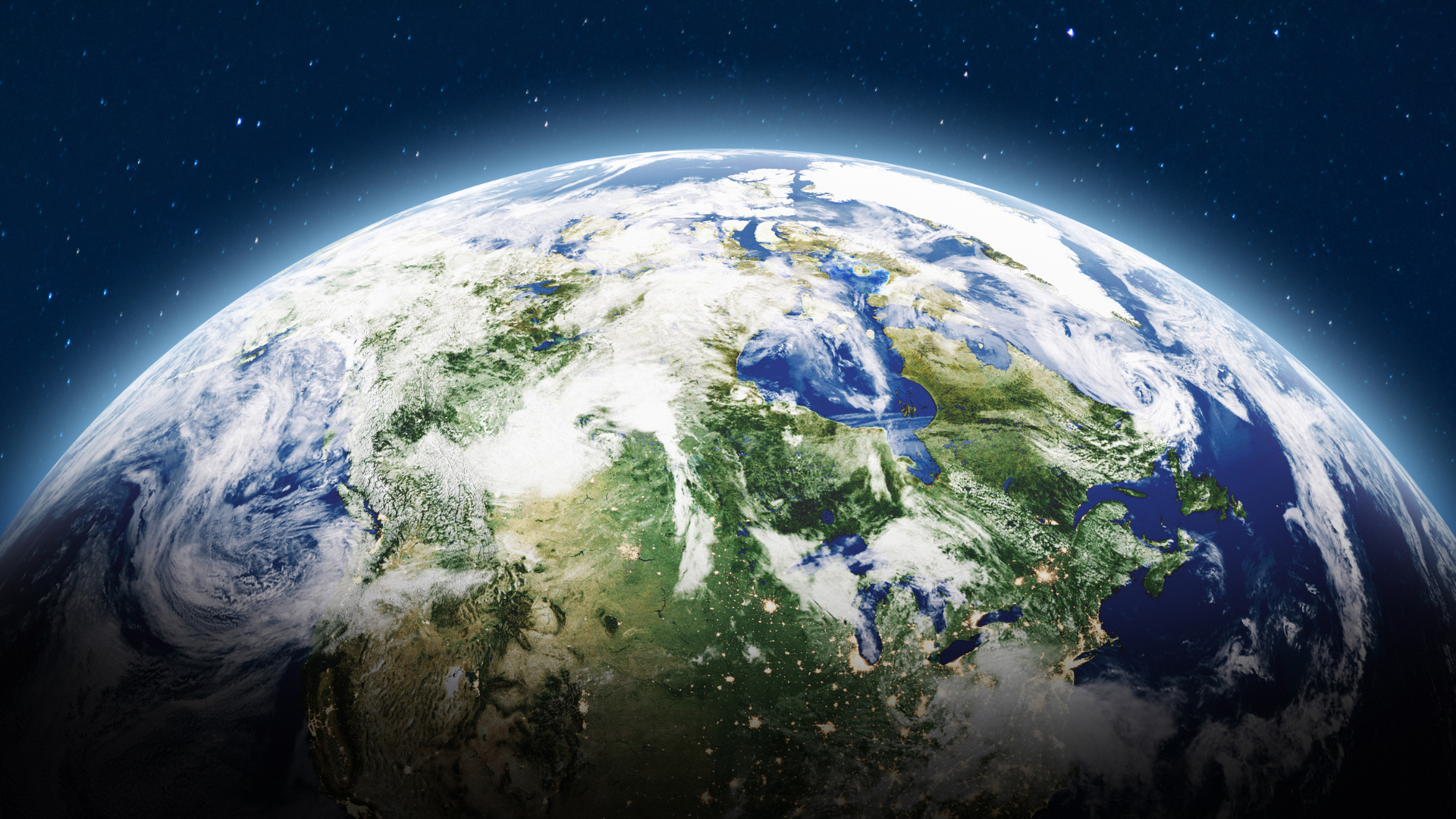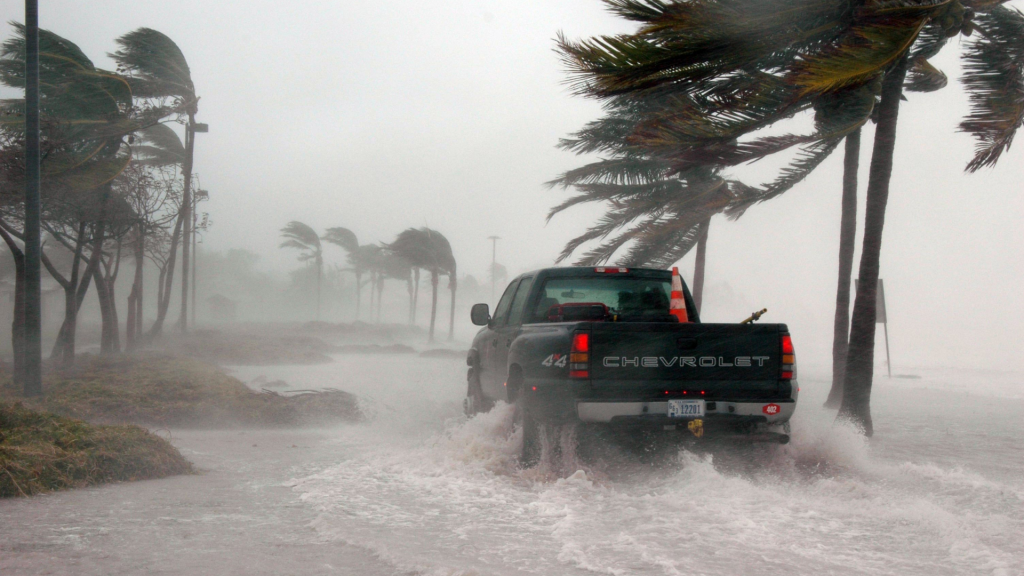Earth Science: The Basics
If you’re interested in learning about the planet we live on, Earth science is the study for you! In this field, scientists examine the Earth’s systems including the atmosphere, hydrosphere, lithosphere, and biosphere. They also look at how these systems interact with each other to create our unique planet. To begin your study of Earth science, you should start with some basic concepts. First, you should understand that the Earth is a complex system made up of many different parts. Each of these parts has its unique properties and behavior. For example, the atmosphere is made up of gas and dust particles that interact with sunlight to create our weather. The hydrosphere includes all of the Earth’s water, both on the surface and underground. The lithosphere is the solid outer layer of the Earth that includes the continents and oceans. Finally, the biosphere is all of the living things on Earth, from bacteria to plants to animals. Understanding how these different parts of the Earth interact with each other is critical to understanding our planet as a whole. For example, changes in one part of the system can cause ripple effects throughout the entire planet. For instance, if there is a volcanic eruption in one part of the world, it can affect climate patterns around the globe. Or if humans pump too much greenhouse gas into the atmosphere, it can cause global warming and climate change.What is the Gaia Hypothesis?
The Gaia hypothesis is essentially the idea that Earth is a living, breathing organism. This theory was first proposed by British scientist James Lovelock in the 1970s and has been gaining traction ever since. The main premise of the Gaia hypothesis is that all life on Earth is interconnected and that the planet itself regulates its environment to maintain livable conditions for all its inhabitants. While the Gaia hypothesis is still considered to be somewhat controversial, there is a growing body of evidence that seems to support it. For example, scientists have observed that when one area of the world experiences an environmental disturbance, other areas of the world will often make adjustments to compensate. This suggests that there is some sort of global feedback loop at work, which is exactly what you would expect to see if Earth was indeed a self-regulating organism. Whether or not the Gaia hypothesis turns out to be true, it’s certainly an intriguing idea worth exploring further. And even if it turns out that Earth isn’t alive, the principles of interconnectivity and global regulation could still hold important lessons for us humans as we try to navigate our way through this increasingly complex and chaotic world.Geology
Geology is the study of the Earth’s physical structure and history. It includes the study of rocks, minerals, fossils, and other materials that make up the Earth’s crust. Geologists use this information to understand how the Earth has changed over time, and how it will continue to change in the future. There are three main branches of geology: paleontology, petrology, and stratigraphy. Paleontology is the study of fossils, and petrology is the study of rocks. Stratigraphy is the study of layers of rock strata, which can be used to determine the age and history of a particular rock layer. Geologists use a variety of tools to study the Earth. These include microscopes, X-ray machines, and computers. They also use fieldwork to collect samples and observe geological features firsthand.Astronomy
Astronomy is the scientific study of the universe beyond Earth. It includes the study of planets, stars, galaxies, and other celestial bodies. Astronomers use telescopes and other observational tools to learn about the universe. Astronomy is one of the oldest sciences. The ancient Greeks made some of the first discoveries in astronomy. They believed that the Earth was a sphere and that it was orbiting around a central point in the universe. This belief was later disproven by Copernicus in the 1500s, who found that the Earth orbits around the sun. Today, astronomers continue to make discoveries about our universe. They have found evidence that there are billions of galaxies in the cosmos, and that our own Milky Way galaxy contains over 100 billion stars! With powerful telescopes like the Hubble Space Telescope, astronomers can study distant objects in great detail. Who knows what they will discover next?Atmospheric Science
Atmospheric science is the study of Earth’s atmosphere. It is a branch of Earth science that explores the physical and chemical properties of the atmosphere. Atmospheric scientists use their knowledge to understand and predict weather patterns, climate change, and other atmospheric phenomena.Oceanography
There are many different types of oceanography, but all oceans are studied to learn more about our planet.- Physical oceanographers study the physical properties of the ocean, such as waves, currents, and tides. They use this information to understand how the ocean works and affects the Earth’s climate.
- Chemical oceanographers study the chemical composition of seawater and how it affects the ocean’s ecosystem. They use this information to help protect the ocean’s resources.
- Biological oceanographers study the plants and animals that live in the ocean. They use this information to understand how the ocean’s ecosystem works and to help protect it.



